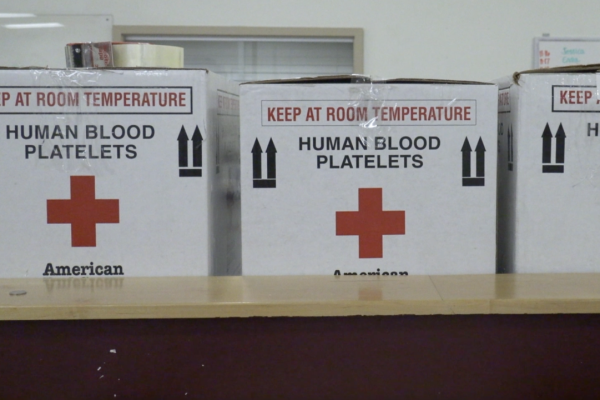SYRACUSE, N.Y. (NCC News) — As global temperatures continue to rise at a rapid rate, the city of Syracuse is on high alert regarding the re-emergence of Harmful Algal Blooms (HABs).
HAB’s are known to drastically reduce the water quality in streams and lakes, with 2017’s outbreak in Skaneateles being the most notable occurrence. This poses a difficult situation for Syracuse residents, as their main source of water comes from Skaneateles Lake.
Although these blooms have not recently reached the levels seen five years ago, environmental changes over the years has forced organizations like the Skaneateles Lake Association to come up with temporary solutions. Frank Moses, executive director for SLA, has been collecting years-worth of data on HABs in Skaneateles.
“For water temperature, science tells us that algal blooms are optimal at 75 to 77 degrees Fahrenheit,” Moses said. “Nutrient loading, the water temperature and climate change and the warming of our atmosphere have an impact.”
In order to effectively combat this environmental issue and others like it, SLA developed a four-pillar-plan that tackles environmental issues on all fronts.
The proposed plan details:
- raising funds for projects to help address nutrient management (lake ecology) that can help watershed improvement projects
- the creation of a legacy fund to raise local dollars to go towards various projects
- outspread community education
- seeing more watershed wide governance to see how this can prevent run off from storms
Aside from this plan, more efforts are being made by officials and even volunteers who are dedicated to keeping the lake clear and pure. SLA works alongside the New York State Department of Environmental Conservation in order to provide live updates on algal blooms. AJ Smith, who leads the DEC’s Stream Monitoring and Assessment Section, says even the public can get involved in detecting HABs.
“The DEC has a pretty robust reporting program for Harmful Algal Blooms,” Smith said. “Basically the public has the ability to provide a report and keep an eye out during the summer months.”
The only known way to deal with HABs is to report them, and by testing water quality.
In order to get involved, you can locate the New York HABs live map to see where HAB’s have been reported. Volunteers can also sign up for the Citizens Statewide Lake Assessment Program, which trains them to be able to regularly collect data from bodies of water.




